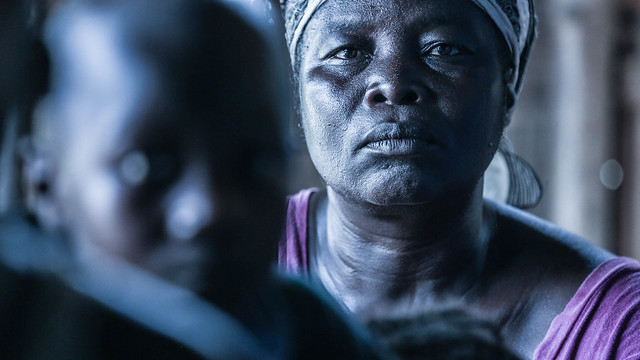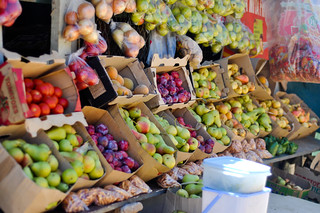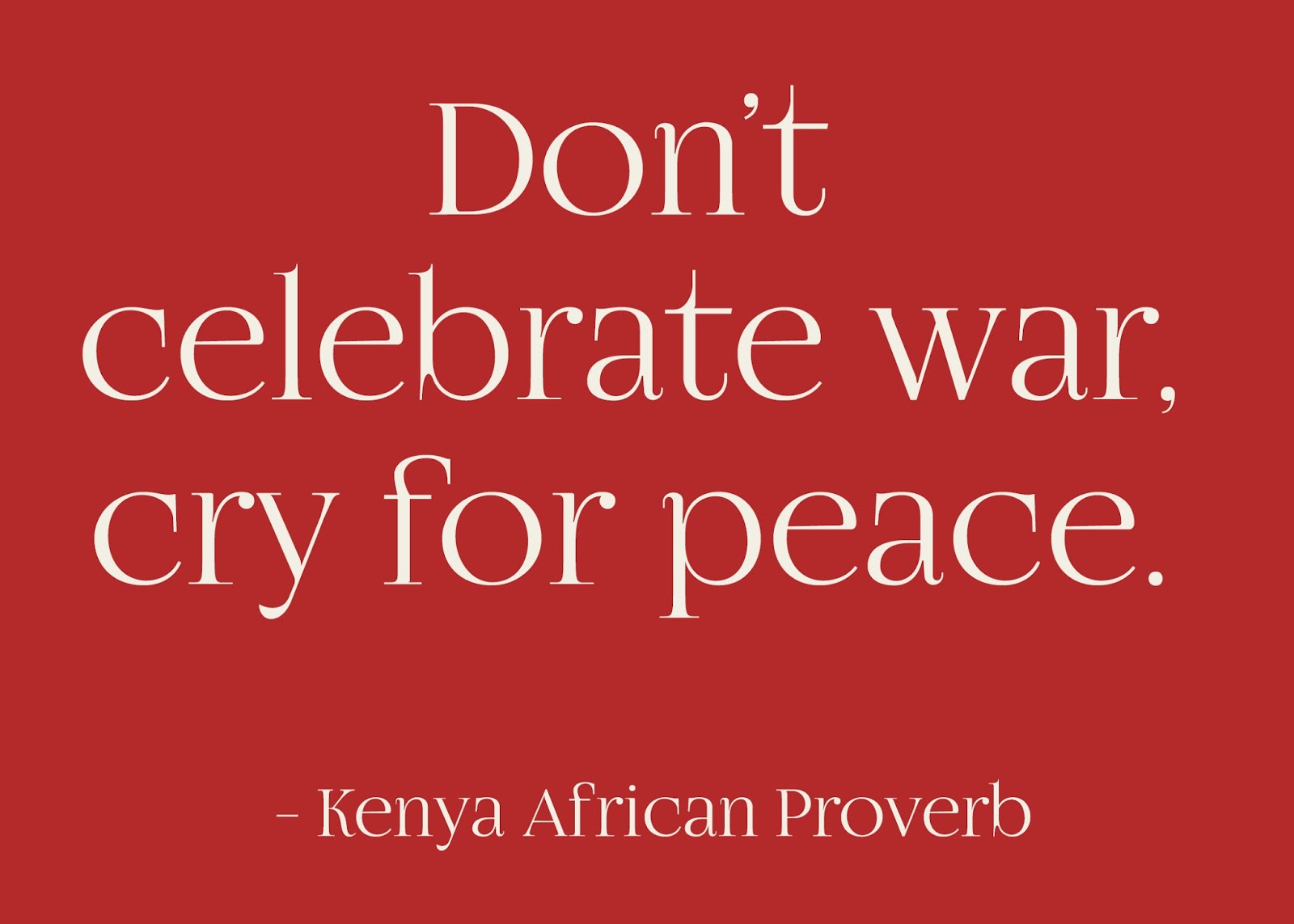Giant Size Small Size Countries in Africa
Land is defined as continents and islands solid parts of their surface not covered by water on the Earth's surface.
“Land governance issues need to be front and center in Africa to maintain and better its surging growth and achieve its development promise,” says Frank Byamugisha, author of the report and Lead Land Specialist in the World Bank’s Africa Region. “Our findings provide a useful, policy-oriented roadmap for African countries and communities to secure their own land for building shared prosperity.”Inefficient land administration, weak governance and corruption to the land governance system in many African countries will fuel the land grab surge. An example of poor government is the fact that Ghana, Kenya and Uganda each have fewer than 10 professional land surveyors per one million people.
Land tenure legally or customarily is the legal system in which an individual, who is said to hold the land, owns land. Secure tenure is an important pillar for agriculture and food security. Research has shown that secure tenure provides incentives for farmers to invest in land.

Africa appears small in size on the map but Mexico, China, Eastern and Western Europe, India, The USA and Japan can all fit into Africa's total land area very comfortably. Africa is 11.68 million square miles or 30.2 million km2 and covers 20.4 percent of the total land area on Earth.
This is a list of African countries ranked by total area in Africa and world rank. Africa has eight countries in the top 25 world rank of land size of Earth's surface.
Largest Countries in Africa by Land Size.
| African Country | Size Rank in Africa | World Rank |
|---|---|---|
| Algeria | 1 | 11 |
| Democratic Republic of the Congo | 2 | 12 |
| Sudan | 3 | 17 |
| Libya | 4 | 18 |
| Chad | 5 | 22 |
| Niger | 6 | 23 |
| Angola | 7 | 24 |
| Mali | 8 | 25 |
| South Africa | 9 | 26 |
| Ethiopia | 10 | 28 |
| Mauritania | 11 | 30 |
| Egypt | 12 | 31 |
| Tanzania | 13 | 32 |
| Nigeria | 14 | 33 |
| Namibia | 15 | 35 |
| Mozambique | 16 | 36 |
| Zambia | 17 | 40 |
| Morocco | 18 | 41 |
| South Sudan | 19 | 44 |
| Somalia | 20 | 46 |
| Central African Republic | 21 | 47 |
| Madagascar | 22 | 49 |
| Botswana | 23 | 50 |
| Kenya | 24 | 51 |
| Cameroon | 25 | 56 |
| Zimbabwe | 26 | 62 |
| Republic of the Congo | 27 | 65 |
| Cote d'Ivoire | 28 | 70 |
| Burkina Faso | 29 | 76 |
| Gabon | 30 | 78 |
| Guinea | 31 | 79 |
| Uganda | 32 | 81 |
| Ghana | 33 | 82 |
| Senegal | 34 | 88 |
| Tunisia | 35 | 93 |
| Malawi | 36 | 100 |
| Eritrea | 37 | 101 |
| Benin | 38 | 102 |
| Liberia | 39 | 104 |
| Sierra Leone | 40 | 119 |
| Togo | 41 | 126 |
| Guinea-Bissau | 42 | 137 |
| Lesotho | 43 | 141 |
| Equatorial Guinea | 44 | 145 |
| Burundi | 45 | 146 |
| Rwanda | 46 | 148 |
| Djibouti | 47 | 150 |
| Eswatini | 48 | 158 |
| The Gambia | 49 | 165 |
| Cabo Verde | 50 | 175 |
| Comoros | 51 | 179 |
| Mauritius | 52 | 180 |
| Sao Tome and Principe | 53 | 184 |
| Seychelles | 54 | 198 |
The Mercator projection of 1569 was one of the first navigation maps produced; the Mercator projection is for traveling purposes and is not an accurate visual representation of Africa. The Mercator projection was not developed to accurately show the true size of Africa but projections from the Mercator projection are still in use today.
- Deadliest routes for refugees
- Cooking with shea butter oil
- Worst serial killers recorded in history are women
- Indigenous healers and plants used
- Night running illness or magic
- What is back to Africa
































